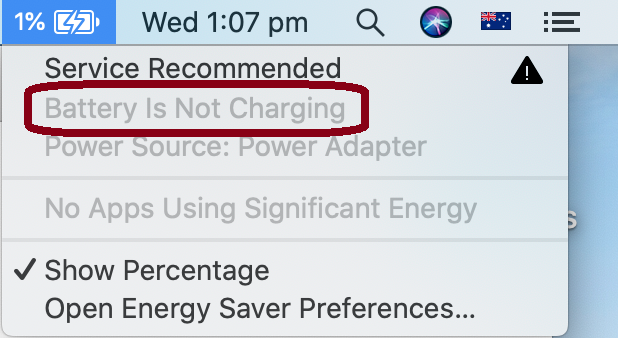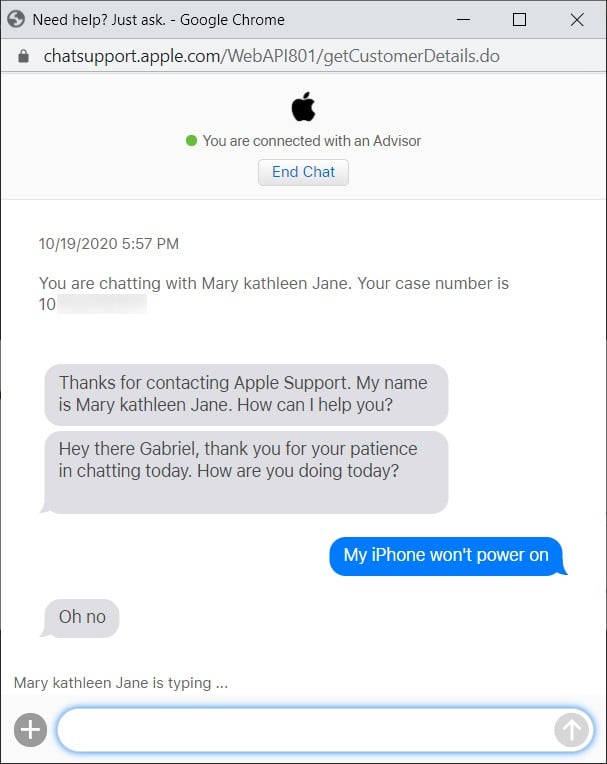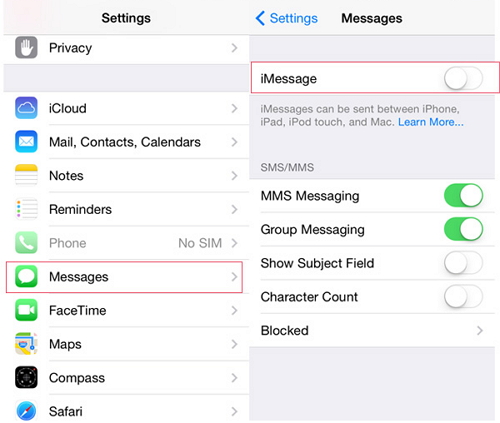
- #MESSAGES FOR MAC TROUBLESHOOTING HOW TO#
- #MESSAGES FOR MAC TROUBLESHOOTING DRIVERS#
- #MESSAGES FOR MAC TROUBLESHOOTING UPDATE#
- #MESSAGES FOR MAC TROUBLESHOOTING DRIVER#
- #MESSAGES FOR MAC TROUBLESHOOTING UPGRADE#
One of the nice things about a Mac is that this is all built-in. You can then choose your language and use the graphical tools here. If necessary, you’ll be asked to connect to a network so your Mac can download the appropriate recovery software.

Press Command+R as your Mac boots to access Recovery Mode.
#MESSAGES FOR MAC TROUBLESHOOTING HOW TO#
RELATED: How to Wipe Your Mac and Reinstall macOS from Scratch From here, you can reinstall macOS, restore your computer from a Time Machine backup, or use the Disk Utility to repair, wipe, and partition your Mac’s internal disks. Recovery Mode provides various graphical tools for working with your Mac. Get Other Tools (or Reinstall macOS) with Recovery Mode If everything goes properly, your Mac will boot to its normal desktop. You’ll see the terminal messages appear during the startup process. Press Command+V as your Mac boots to enter verbose mode. If your Mac is freezing, especially during the boot process, the messages here can help you identify and get help with the problem. In verbose mode, you’ll see normally hidden messages appear on your screen.

See More Detailed Information with Verbose Mode To leave this mode, type reboot at the prompt and press Enter. Press Command+S as your Mac boots to enter single-user mode. This works like Linux’s single-user mode-rather than getting multi-user operating system, you boot directly to a root shell. In single-user mode, you’ll be presented with a text-mode terminal you can use to enter commands you might need to troubleshoot problems. Troubleshoot from the Command Line with Single-User Mode To leave Safe Mode, just reboot your Mac without holding the Shift key. You can stop holding the Shift key when you see an Apple logo and progress bar. To load your Mac in Safe Mode, press and hold the Shift key while it boots.
#MESSAGES FOR MAC TROUBLESHOOTING DRIVERS#
It’s like Safe Mode on Windows-it won’t load third-party hardware drivers or startup programs, so you can use this mode to fix problems if your Mac isn’t working or booting properly. When you boot in Safe Mode, your Mac will check its startup volume, only load necessary kernel extensions, and disable third-party fonts and startup options. Macs offer a Safe Mode, also known as Safe Boot. Select your language and your Mac will automatically test its hardware and inform you if anything is wrong. If nothing worked for you, it’s time to contact Apple support (but that should be your last option).To access this tool, press and hold the D key while booting your Mac. I hope one of these tips fixed iMessage not working on your Mac.

Make sure that you turn off the firmware password if your Mac is using it, otherwise, this combination of keys won’t do anything useful! You can release the keys once you hear the startup sound for the second time, or after the Apple logo appears and disappears for the second time. When you turn it on, immediately hold Option + Command + P + R keys at the same for about 20 seconds. To reset NVRAM, shut down your Mac first. NVRAM, or non-volatile random-access memory, stores a small amount of memory which includes certain settings.
#MESSAGES FOR MAC TROUBLESHOOTING UPGRADE#
If a new version is available, click Upgrade Now.
#MESSAGES FOR MAC TROUBLESHOOTING UPDATE#
Head to System Preferences → Software Update and check for the latest version.
#MESSAGES FOR MAC TROUBLESHOOTING DRIVER#
Keeping macOS up to date is one of the best ways to ensure you don’t run into any problems with your daily driver apps like Messages, Safari, etc. This will set the time and date automatically. If it’s already selected, uncheck the box, wait a few seconds, and then select it again. Check which account you’re using on your iPhone or iPad. To check on iOS or iPadOS, head over to Settings → Messages → Send and Receive. If they aren’t the same, Messages will fall out of sync with your iDevice and stop functioning. To sync iMessage properly, you need to make sure that the Apple accounts on your Mac and iOS devices are the same. If your Mac’s iMessage still isn’t working, check out the next tip. Many users across various forums and websites swear by this approach, so we think it’s worth a shot.



 0 kommentar(er)
0 kommentar(er)
